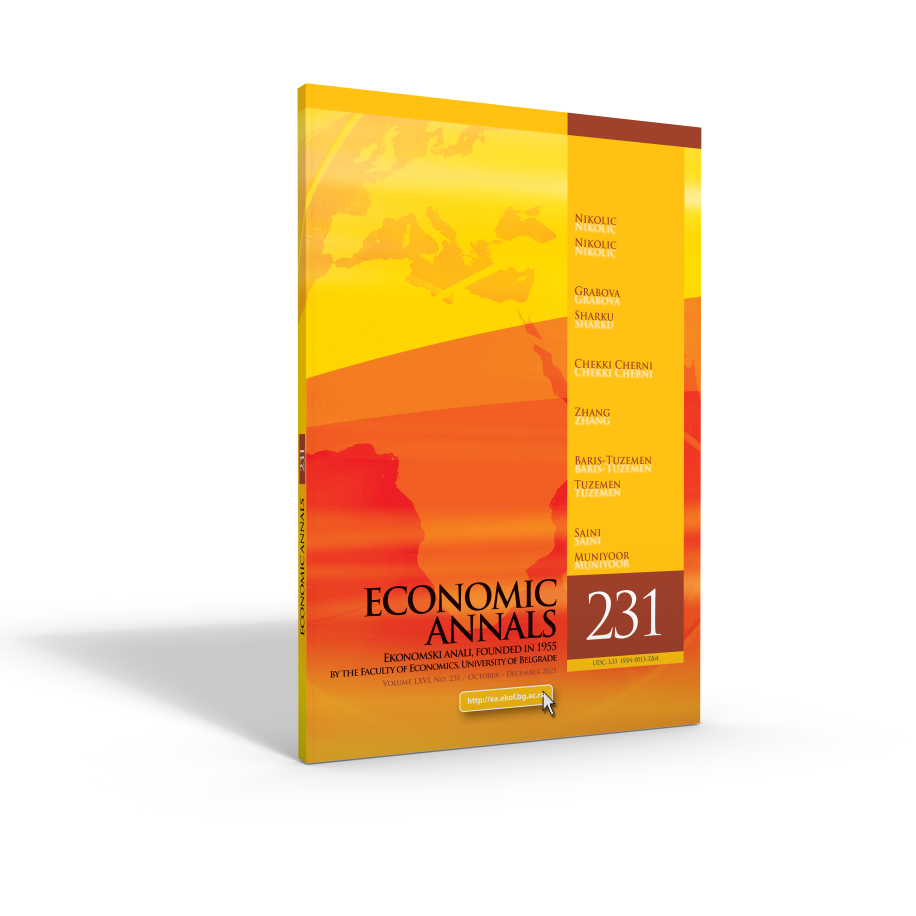A NEOCLASSICAL GROWTH MODEL WITH ENDOGENOUS BIRTH AND MORTALITY RATES
##plugins.themes.bootstrap3.article.main##
##plugins.themes.bootstrap3.article.sidebar##
Wei-Bin Zhang
Abstract
This study examines dynamic interdependence between different socio-cultural groups’ birth rates, mortality rates, populations, wealth accumulation, and the allocation of time between work, leisure, and childcare. It emphasises the role of changes in human capital, technology, and preferences on birth and mortality rates and time allocations. The economic mechanism of wealth and income distribution is based on the Walrasian general equilibrium theory, and wealth accumulation is based on the Solow growth model. The paper uses a utility function proposed by Zhang (2015) to describe the behaviour of households. It also models group and gender differences in human capital, the propensity to have children, the propensity to use leisure time, and the efficiency of childcare. The paper uses differential equations to describe the dynamics of group differences in wealth, income, birth rates, mortality rates, and populations. I simulate a model to show the motion of the system and identify the existence of an equilibrium point. I also examine the effects on the dynamics of the economic system of changes in the propensity to have children and the propensity to save, and in gender differences in the propensity to use leisure, in human capital, and in emotional involvement in childcare.
##plugins.themes.bootstrap3.article.details##
Keywords
birth rate, mortality rate, population growth, childcare, time allocation, wealth accumulation.
JEL Classification
J13, O41
Issue
Section
Articles
How to Cite
Zhang, W.-B. (2021). A NEOCLASSICAL GROWTH MODEL WITH ENDOGENOUS BIRTH AND MORTALITY RATES. Economic Annals, 66(231), 99-126. https://doi.org/10.2298/EKA2131099Z
How to Cite
Zhang, W.-B. (2021). A NEOCLASSICAL GROWTH MODEL WITH ENDOGENOUS BIRTH AND MORTALITY RATES. Economic Annals, 66(231), 99-126. https://doi.org/10.2298/EKA2131099Z

